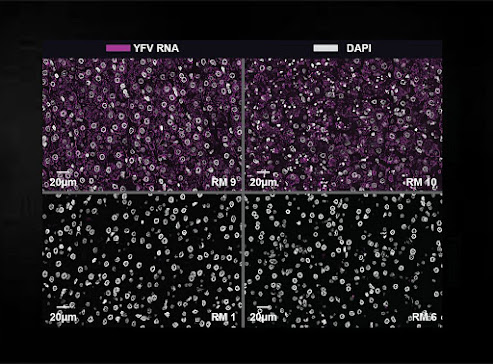 |
| (L-R) Co-first author and PhD student Stephanie Studniberg with senior researcher, Monash BDI’s Professor Diana Hansen. Photo Credit: WEHI |
Scientists have discovered cell populations in blood which clearly indicate whether a person infected with dengue fever is likely to progress to life-threatening severe disease or not.
About half of the world’s population is at risk of dengue fever, with almost 400 million annual cases. More will be at risk as global warming enables the spread of mosquito strains that carry the virus.
Until now, there has been no accurate way to predict which patients will progress to severe dengue fever. The new finding uses immune cells to grade potential severity, paving the way for improved patient management, health system savings, and the development of a biomarker test.
Published in the Journal of Biomedical Science, the international research team, led by Professor Diana Hansen at the Monash Biomedicine Discovery Institute, included WEHI in Melbourne, and Dr Tedjo Sasmono at the Eijkman Centre in Jakarta, Indonesia.














.jpg)



.jpg)

.jpg)




.jpg)
